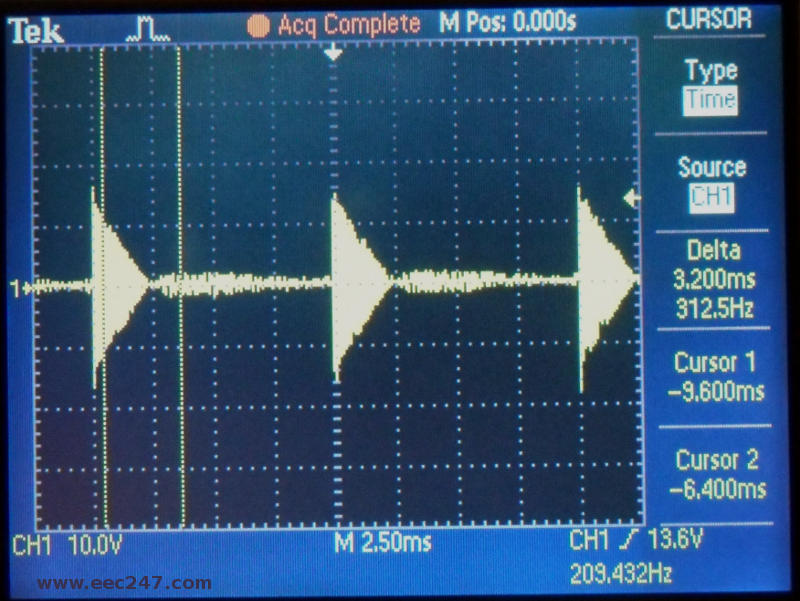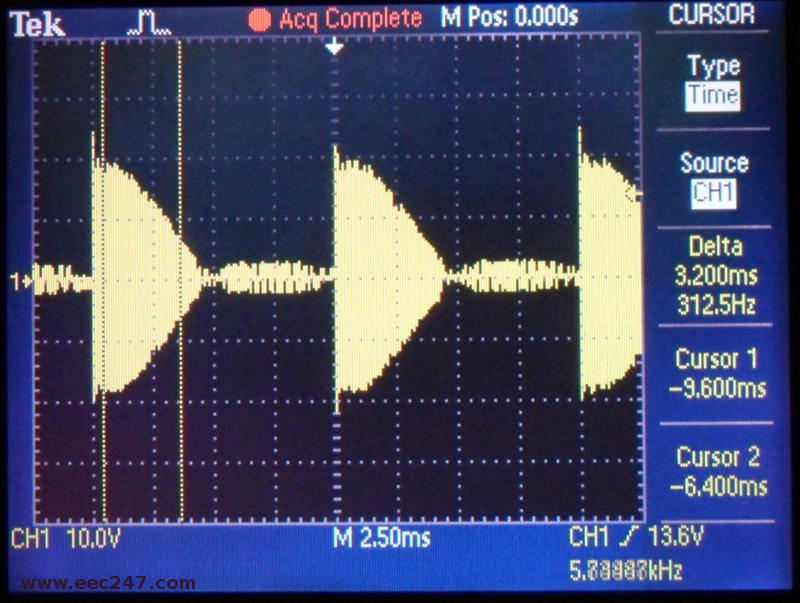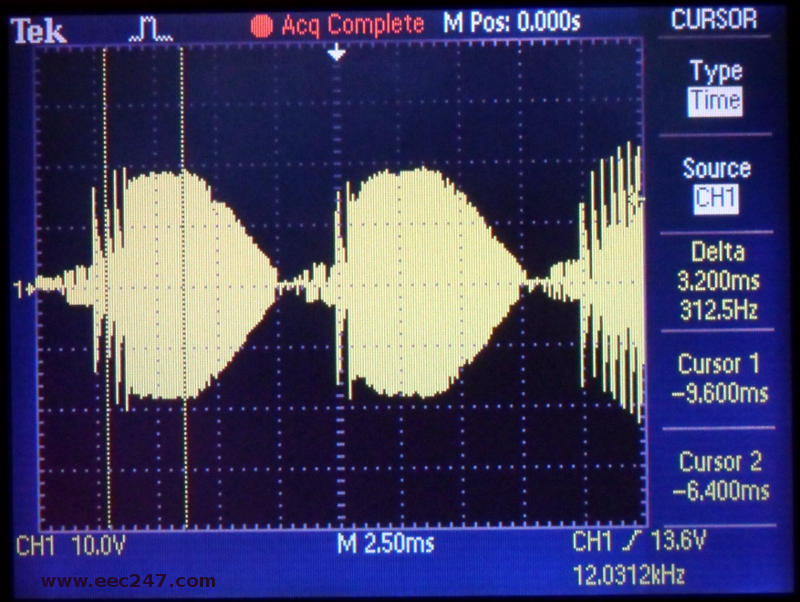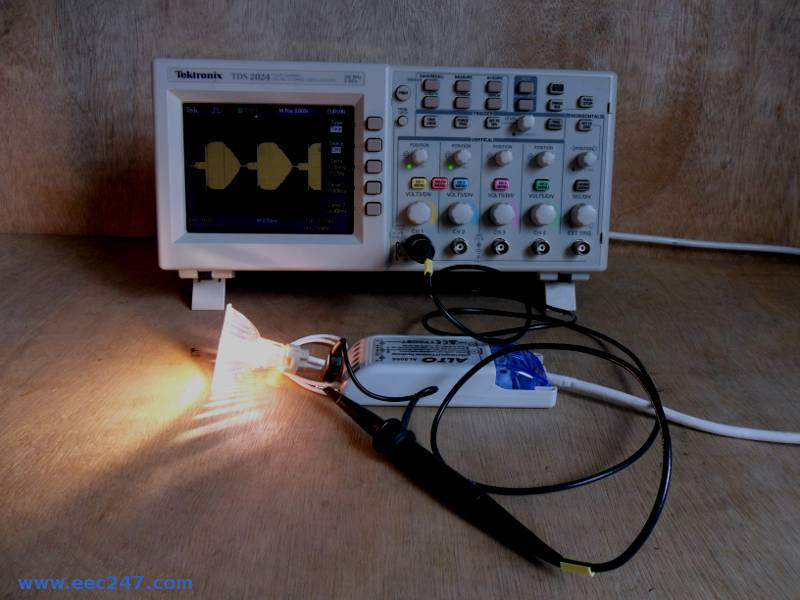
| Home | Gallery | Emergency Help | Contact Us |
Dimmers used for domestic lighting applications come in two main types:
NOTE: Normal LED lamps and CFLs can not be used with a dimmer. You must use dimmable LED or CFL lamps and a good quality "Trailing Edge" dimmer. |
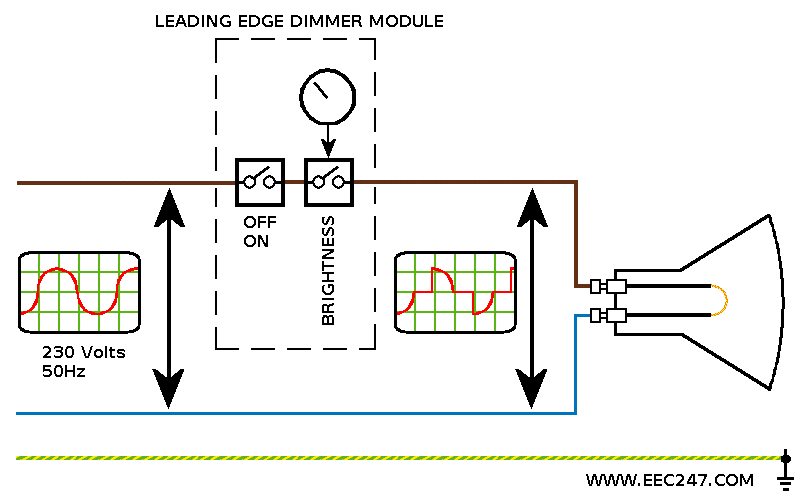
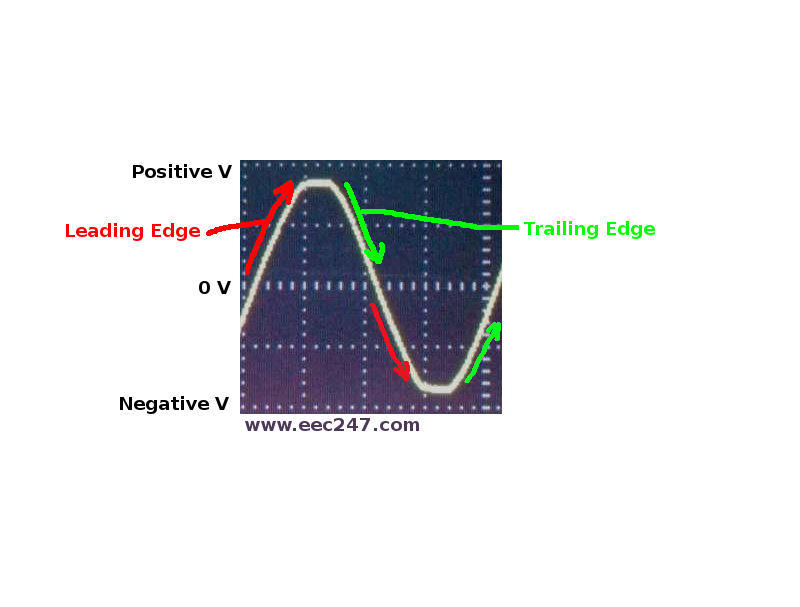
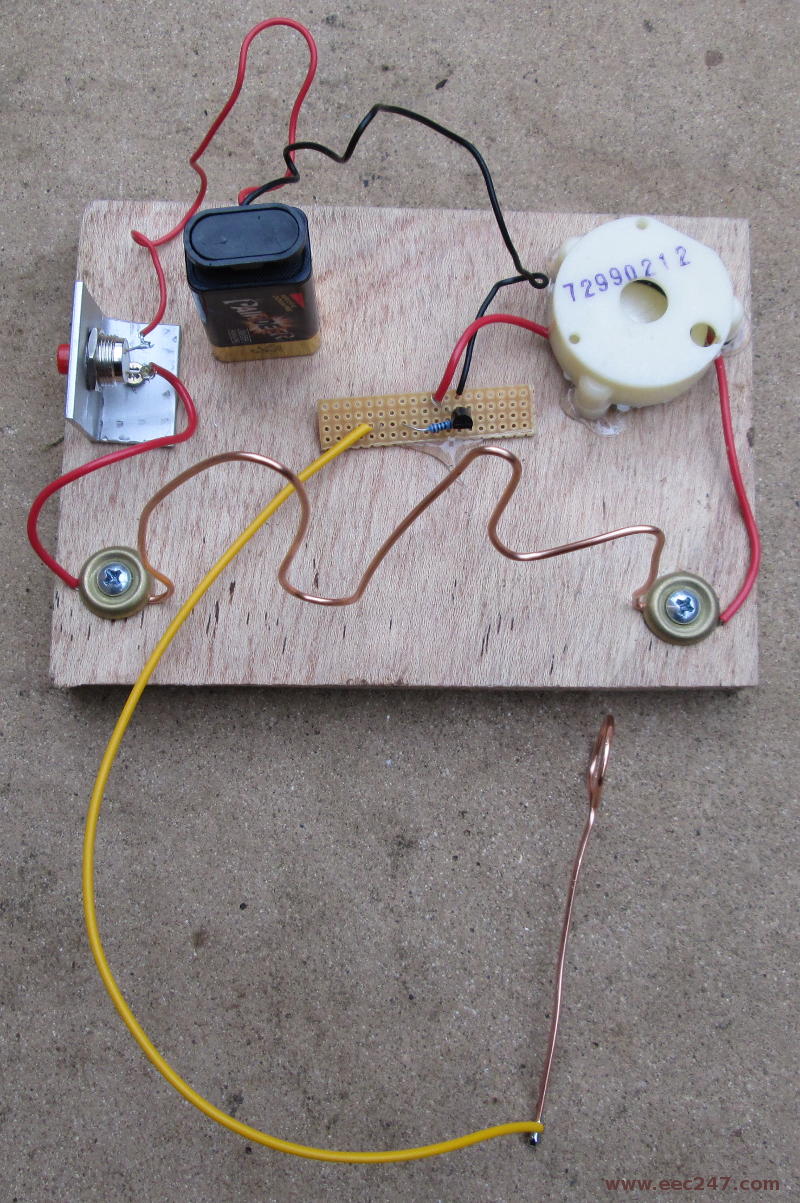
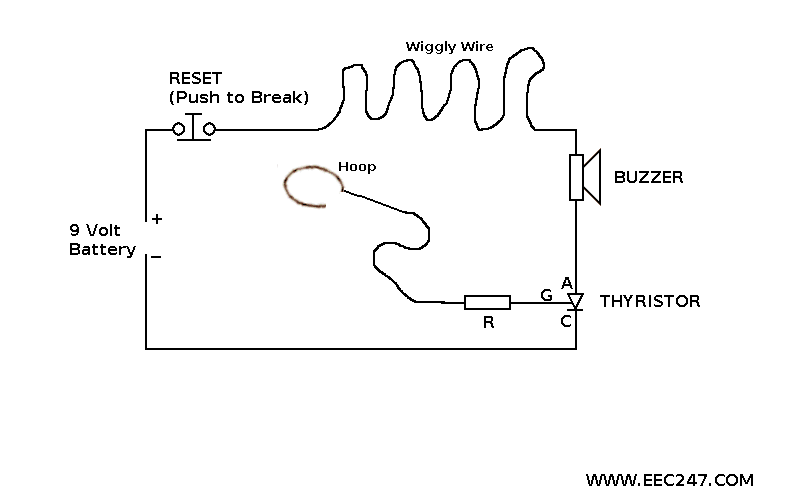
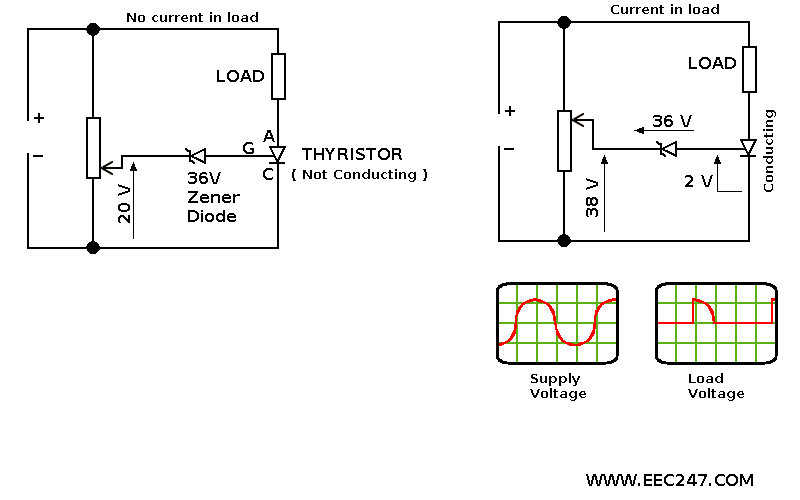
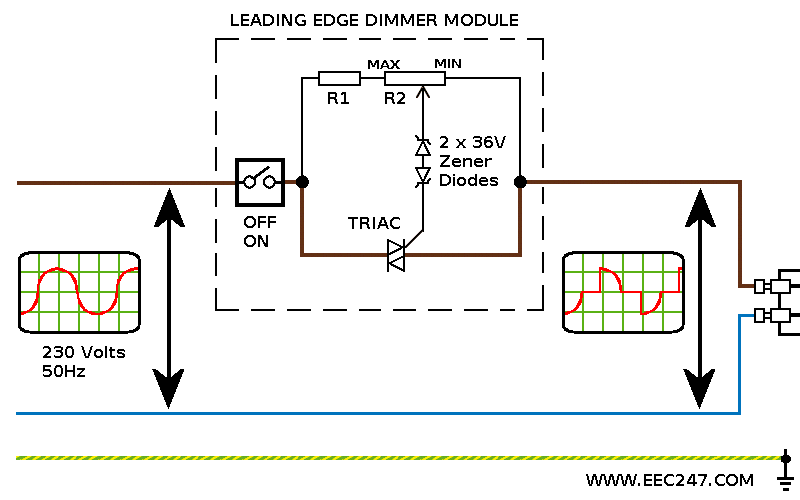
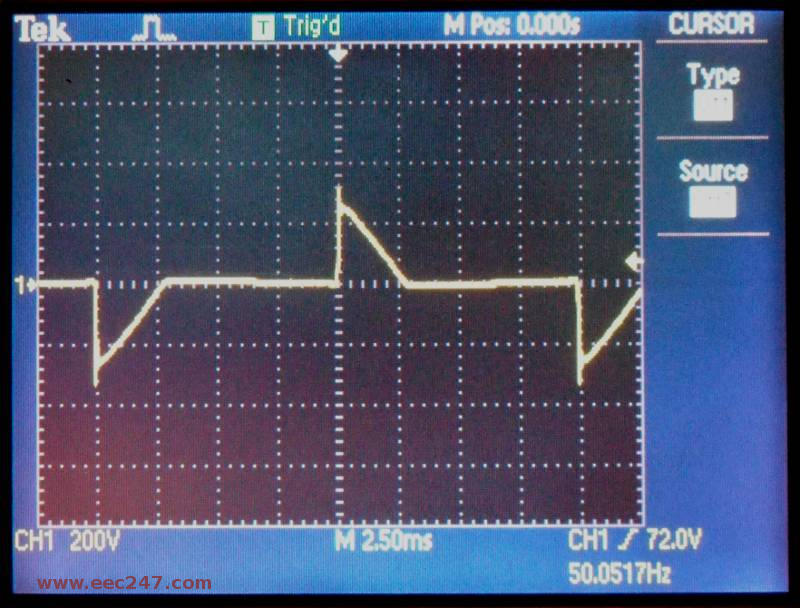


|
Trailing edge Dimmers: Trailing Edge dimmers work with all types of dimmable lamps including incandescent filament lamps (now practically obsolete), Halogen, dimmable CFLs and dimmable LEDs. They are more complicated in construction and operation and cost more than leading edge dimmers. |
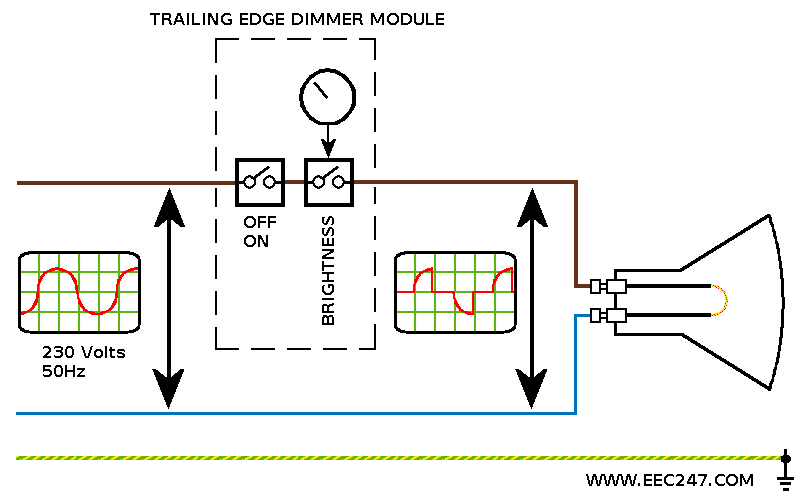
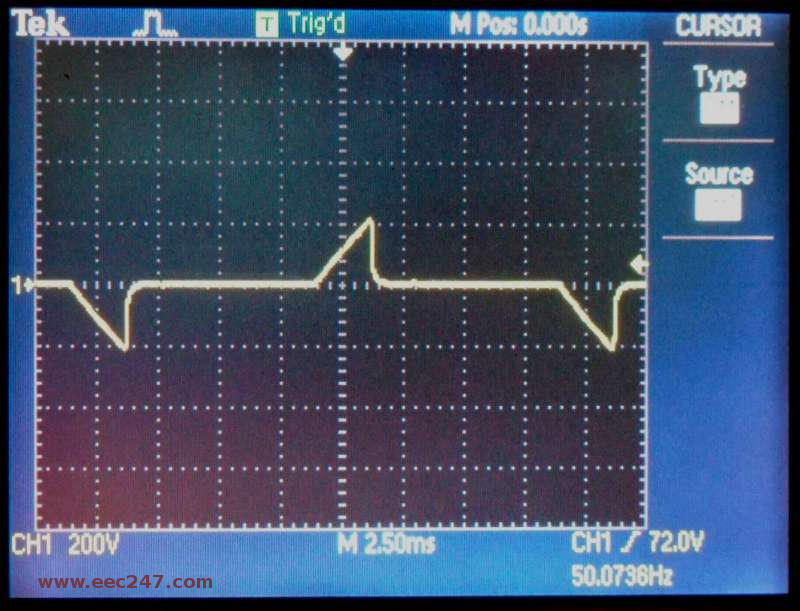

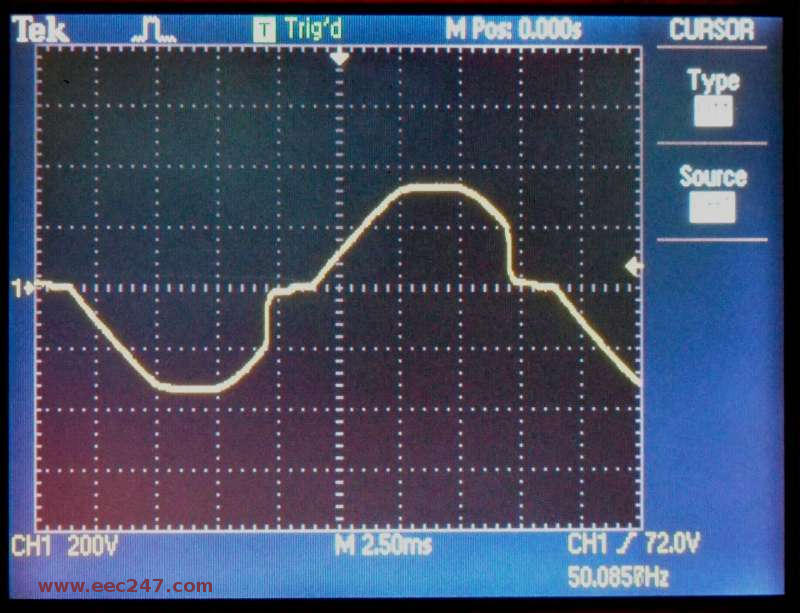
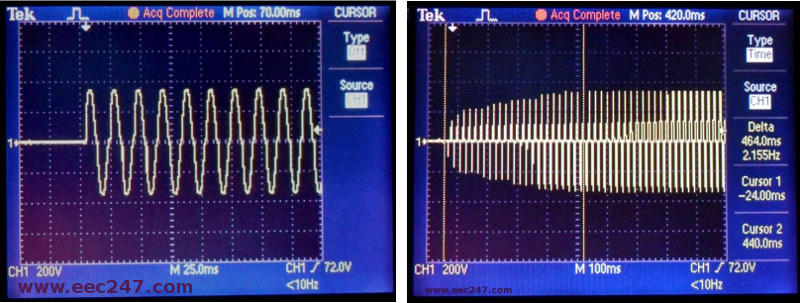
|
Dimmers and low voltage transformers: Both Leading Edge and Trailing Edge dimmers work with conventional transformers. Most modern electronic transformers also work with dimmers but some older types do not. Electronic transformers marked "dimmable with leading & trailing edge dimmers" should work without any problem. Electronic transformers with no such labelling probably will not work. |
